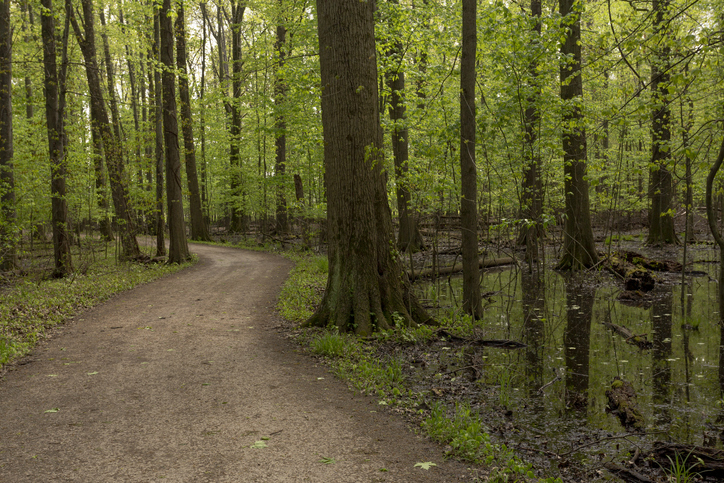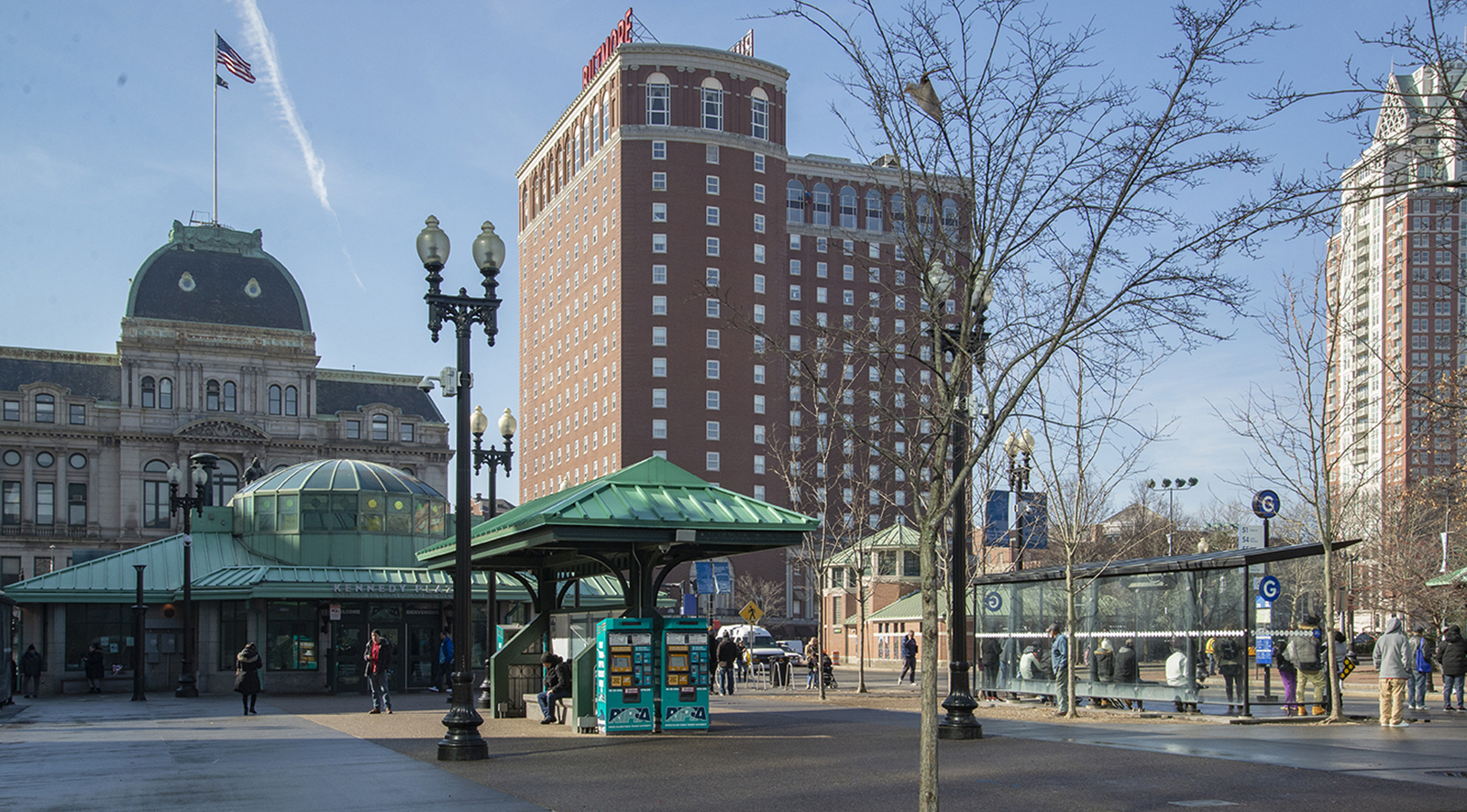Same Old Song When it Comes to Exploiting R.I.’s Natural World
September 15, 2018
A lyric from ’80s hair band Cinderella, “Don’t know what you got till it’s gone,” will make a perfect epithet for this era in Rhode Island history. As climate change keeps delivering more intense weather, it will someday dawn on the collective that mowing down our natural protections, and leaving paved-over areas untouched, to make room for utility-scale energy projects was just a bit shortsighted.
Cutting down, covering, and crushing green space to build renewable energy isn’t noble, nor is it an effective way to deal with the bevy of challenges a changing climate presents.
Solving one problem by creating another isn’t good policy. At worst, it’s just another ruse that puts profit over the many — i.e., the cleverly named Clear River Energy Center proposed for the Burrillville woods.
At best, it’s a severe case of failing to connect the dots.
Our society demands energy, but concerns about clear-cutting forest, covering farmland, and minimizing meadows to make room for fields of solar panels shouldn’t be simply waved away by the excuse “we need to get off fossil fuels.”
This excuse is wearing thin, like the use of “national security” to trample civil rights, build a wall, or hide documents of a Supreme Court candidate from the public.
Rhode Island has plenty of rooftops, parking lots, landfills, brownfields, and vacant/underused developed space that solar panels should have covered before we started diminishing the state’s inventory of open space. It takes, for instance, 75-100 years for a forest to mature.
But there’s always another excuse as to why the open-space route makes more sense than using already-disturbed space. It typically comes down to money. Pay me now and let future generations pay for the damage done.
As the state of Rhode Island and its 39 cities and towns chase tax revenue, they have directly and indirectly made building industrial-scale solar projects in neighborhoods, on top of premium soils, and on forestland economically advantageous. If our only concerns are economic growth and jobs, why not legalize brothels and marijuana greenhouse operations? We’re already relying on casinos and sports betting to balance budgets.
The rush to develop renewable energy on where there was once open space — along with the state’s erratic incentives — has diminished the demand for rooftop solar. Residential and commercial solar can’t compete with the large open-air projects that are spawning statewide.
For the past few years utility-scale solar has taken Coventry, Cranston, Exeter, Hopkinton, Tiverton, and parts unknown by storm. Surprisingly, during this renewable-energy drive, the importance of the natural world and the environment’s general well-being are largely left out of the conversation. The discussion focuses on megawatts, setbacks, chain-linked fences, property values, and property taxes.
These discussions certainly don’t mention anxiety or depression, but perhaps they should. A study published this summer found “greening” neglected neighborhood lots made people feel better. Let’s green some of Rhode Island’s forsaken concrete jungle with solar.
Rhode Island hasn’t totally neglected disturbed locations for solar installations. Landfills, like one in East Providence, have been covered with solar panels. Superfund sites in Narragansett and South Kingstown now host solar facilities. However, these and other responsibly sited projects can’t keep pace with the growing solar land rush.
The Office of Energy Resources (OER) and other concerned parties, such as the Audubon Society of Rhode Island, the Acadia Center, and Grow Smart Rhode Island, have been addressing the problem for more than a year. OER and the Division of Statewide Planning are currently hosting a series of public meetings to develop guidance for communities to consider when adopting solar ordinances. The next meeting is scheduled for Sept. 24 at Bristol Town Hall, 400 Hope St., from 6:30-8 p.m.
The second public draft regarding solar-siting recommendations was released last month. The public comment deadline for draft two is Sept. 27. The third public draft is scheduled to be released in early October. The final version of the solar-guidance-model ordinance for use by municipalities is scheduled to be released Oct. 26.
The common refrain is that this is a complex issue to address. It’s not really, though. We always seem ready, willing, and able to trash the environment, but to protect it requires task forces, subcommittees, Statehouse hearings, public meetings, studies, reports, and lots and lots of talking.
By that time, the damage is already done.
Frank Carini is the ecoRI News editor.
Categories
Join the Discussion
View CommentsRecent Comments
Leave a Reply
Your support keeps our reporters on the environmental beat.
Reader support is at the core of our nonprofit news model. Together, we can keep the environment in the headlines.
We use cookies to improve your experience and deliver personalized content. View Cookie Settings




That sounds good – alternatively , you could consider actual facts and science:
A reasonable number to use for production from ground mounted solar in RI is +/- 1,300 kWh/kW/year. With efficient panels solar projects are getting well over 250 kW per acre, including counting the shading mitigation area around the perimeter. So, a new ground mount solar facility in RI will generate at least 325,000 kWh per acre per year.
According to this EPA carbon equivalent calculator for comparisons of carbon impacts, 325,000 kWh of electricity generated from one acre of solar would offset the equivalent of carbon sequestered by 285 acres of forest on an annual basis. https://www.epa.gov/…/greenhouse-gas-equivalencies…
Fred, forests, farmland, and open space are more than just places to store our excess carbon. They also provide countless other benefits. Perhaps those benefits should be included in future calculations. Please tell me why we can’t site utility-scale solar in already-disturbed areas. That’s my point. I am certainly not against properly sited renewable energy. Growing our renewable-energy output shouldn’t (and doesn’t) need to come down to open space or renewables. We can have both. — Frank Carini, ecoRI News editor